

What’s summertime for? Swimming, of course. On a hot afternoon, I can’t think of anything better to do than splashing through the cool water of a pond, lake, the city pool, my grandson’s wading pool, …. That is why I was so excited when my husband announced we were going to spend a day away from the farm, at Smithland Pool.
I was doing a victory dance, but then my husband mentioned, “We’re going fishing!”
“In a boat?” I asked. “In August? Slathered in sunscreen? Waiting for a bobber to bob? With water water everywhere, but not a splash to make?”
“Yep! It will be great! I’ve arranged for a guide.”
My husband had scheduled for us to meet our guide at a boat ramp, located near the southeastern tip of Illinois. It turns out that we were destined to fish the tailwaters, the downstream side of the dam which creates Smithland Pool. We’d be fishing a stretch of the Ohio River flowing between Kentucky and Illinois. Our Illinois fishing licenses would be valid.
We rose at 2 a.m. Ugh! We had a 150-mile trip ahead of us. As we traveled, my husband took it upon himself to educate me, enumerating the fish species which populate the river.
“Striped bass, hybrid striped bass, sauger, white bass, black bass (largemouth, smallmouth and spotted), and catfish; those are the choice game fish. There are freshwater drum and longnose gar.” He droned on as I yawned and began to nod off. “Asian carp, also called Copi as a food product, are an invasive species; those are the bighead carp, the silver, the … We’ll probably catch catfish, maybe a flathead or a channel or a blue. Blue catfish can rival the Loch Ness Monster in size.” OK, I made that last part up!
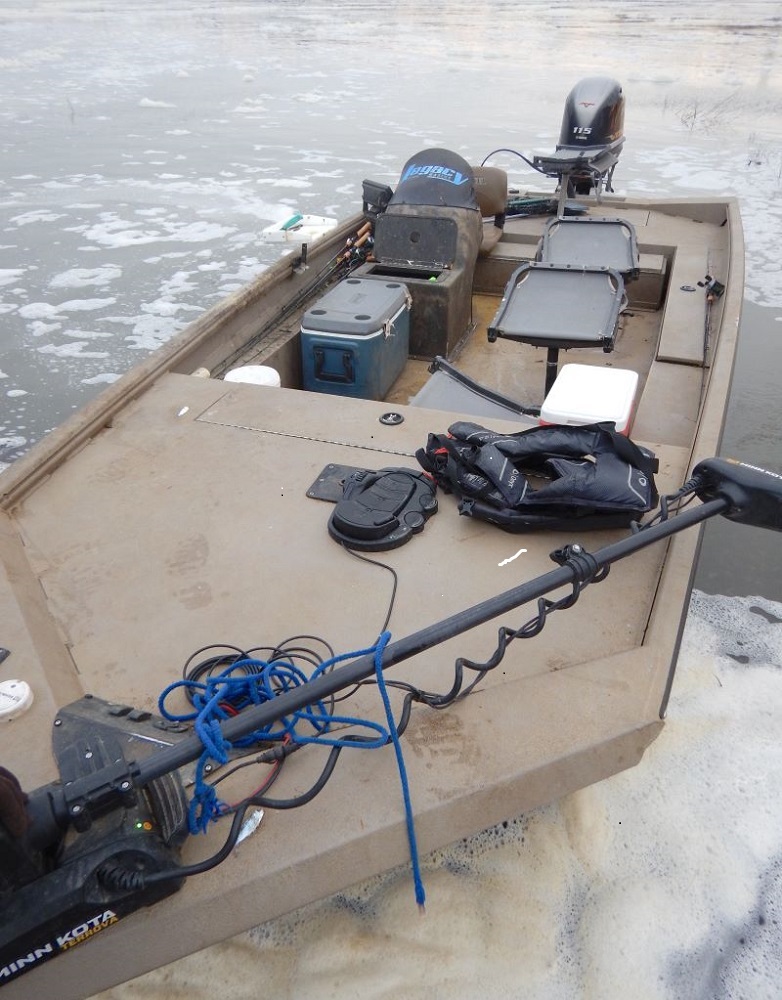
The sun was burning off an early haze when we shook hands with our guide and boarded an 18-foot john boat, with a 90 horse-power motor. Four pedestal chairs were positioned in the boat. Along one side of the boat were five fishing poles, equipped with bait-casting reels, heavy sinkers and circle hooks. Off we went, roaring up the wide river.
Nearing a cove formed by a creek’s mouth, the guide switched to the trolling motor and prepared to throw a cast net, to catch bait. Standing at the bow’s edge, he held the gathered net in one hand and a rim of the net in the other. He tossed the net. It was amazing. That bright net smoothly radiated outward, its weighted border forming a circular outline. The net seemed to suspend, as if it were intending to float, then it submerged. The guide pulled a connecting cord and lifted the net. Enveloped within it were oodles of threadfin shad and skipjack herring. Little fishies a’wigglin’ and a’flippin’; silvery sides, a’glintin’.
The motor roared again, and we soon found ourselves positioned downstream of the dam. Torrents of water plunged from open gates. We may not have been near enough to feel the spray of the rushing water, but we were close enough to feel the shove. The river water rose from its depths in swirling upheavals. Rippling patterns in constant motion at the surface gave witness to the stirrings of huge volumes of water, which mesmerized me and frightened me at the same time.
As the boat floated with the current, crossways under our guide’s control, I was instructed to allow the line to free spool until the sinker hit the bottom. Line played out; the spool rolled and rolled. I asked about the depth.
“Fifty feet or so.”
I touched my life jacket, just a flexible tubing, the kind that inflates when the wearer pulls the cord. “How fast will this fill with air?”
“Real fast.” Then he added with an impish grin, “Now, don’t go thinking about swimming in this current ‘cause we’d be picking you up in New Orleans.”
Before I could think of a come-back, I felt a tug on my line. “I’ve got one!”
“Might be you’re feeling the sinker bouncing along over rock at the bottom. You’ll know it when a fish takes the bait,” came a response from the guide.
“Where’s a bobber when you need one?” I mumbled. Then I did feel a real pull. I whooped and reeled, but the large dip net in the guide’s hand was moving away to the stern. My husband’s pole was bent; the line, taut. He was reeling in a fish who was either mighty big or mighty strong. And, my line, tangled with my husband’s, was being dragged as he reeled.
The fish was a striper (striped bass)! Five pounds, maybe more!
I heard, “Well, it appears that the male fisherman here caught the first fish of the day.”
“Oh, yahhh?” I replied. “Well, my line was involved in that capture, so I also get to claim that fish!”
For years, Patty Gillespie shared her enthusiasm for language and nature and got paid for it at a public school and at a nature center. Now she plays outdoors as often as she can and writes for the sheer joy of it.







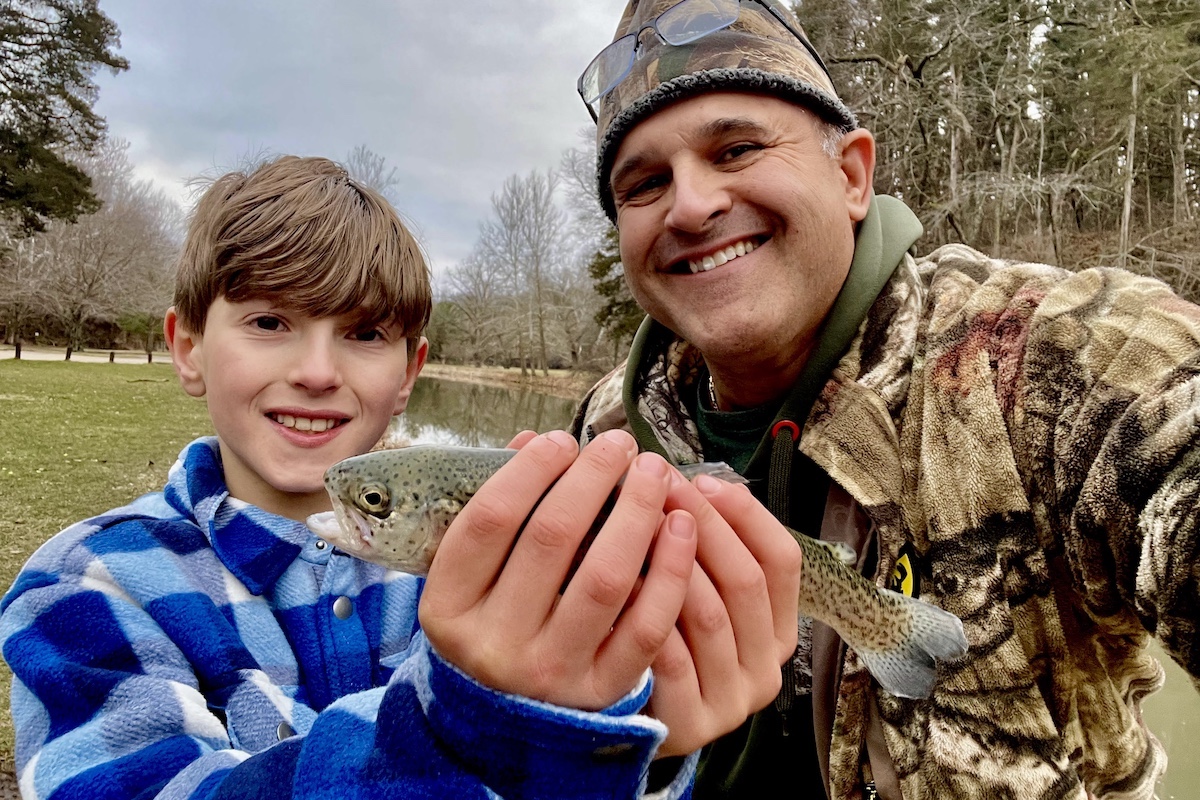
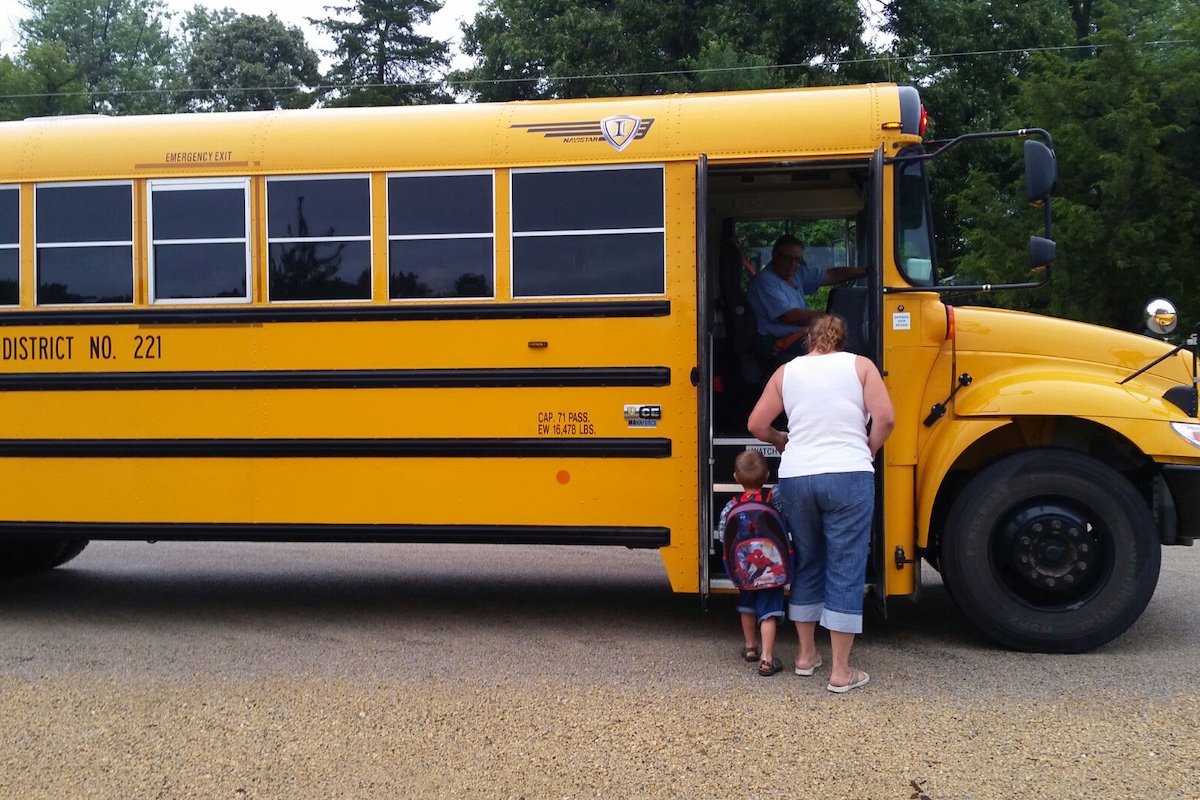
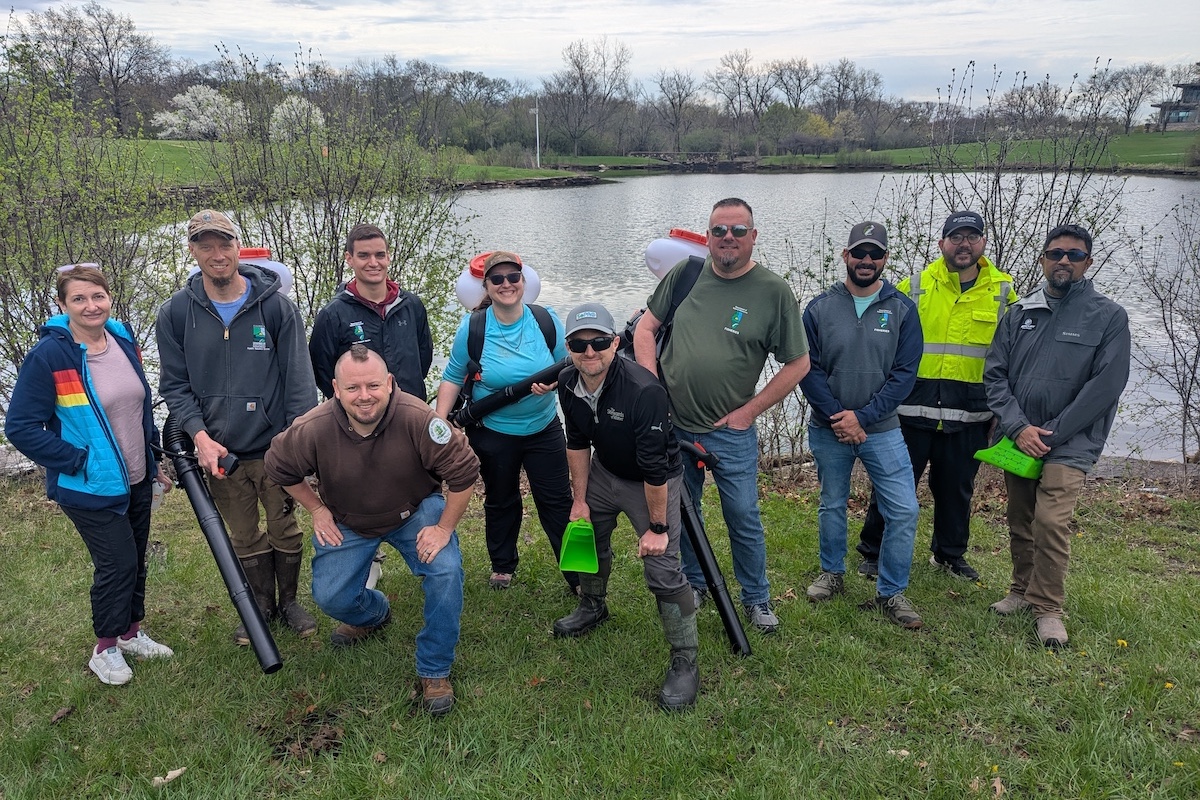

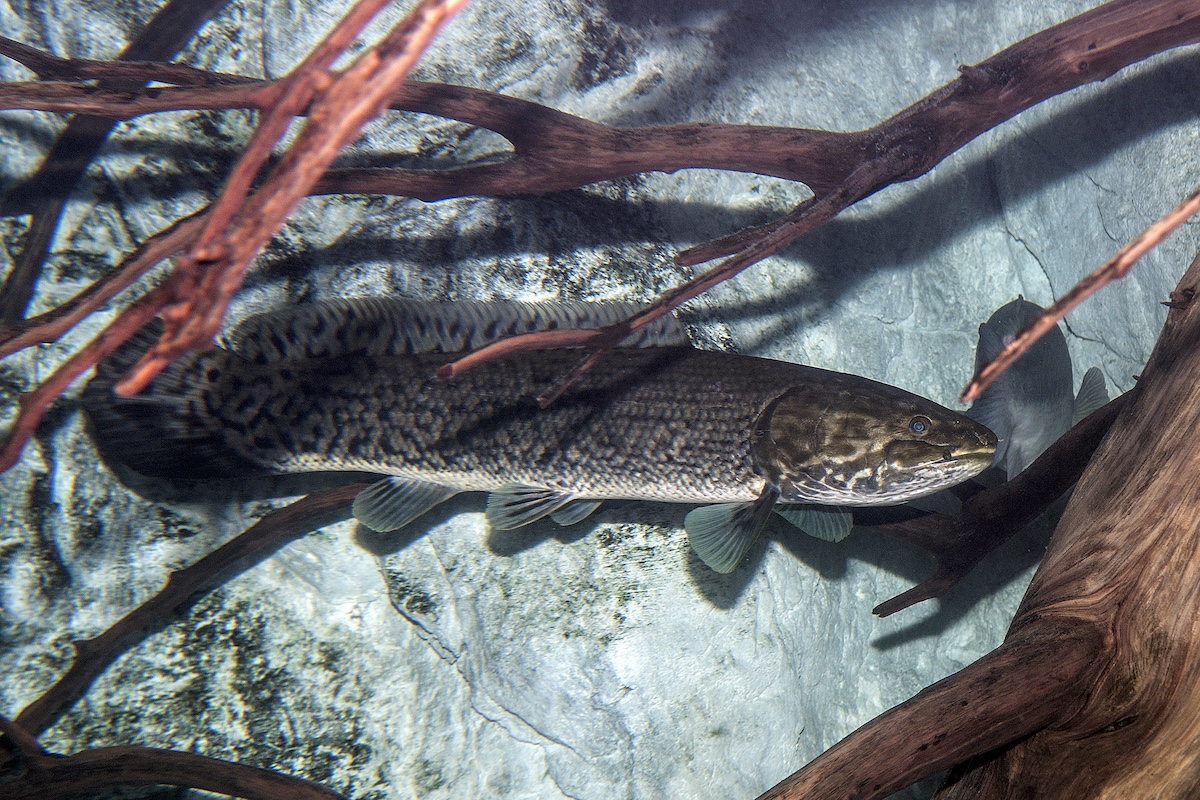
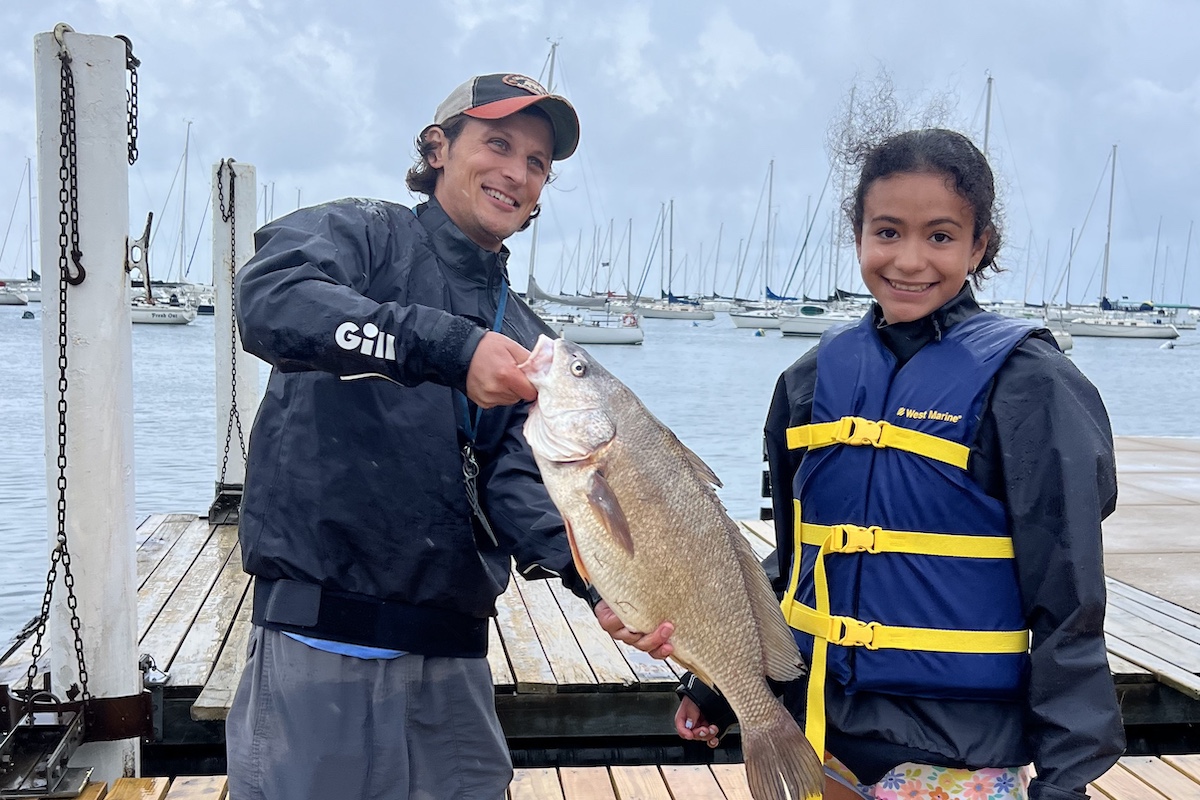
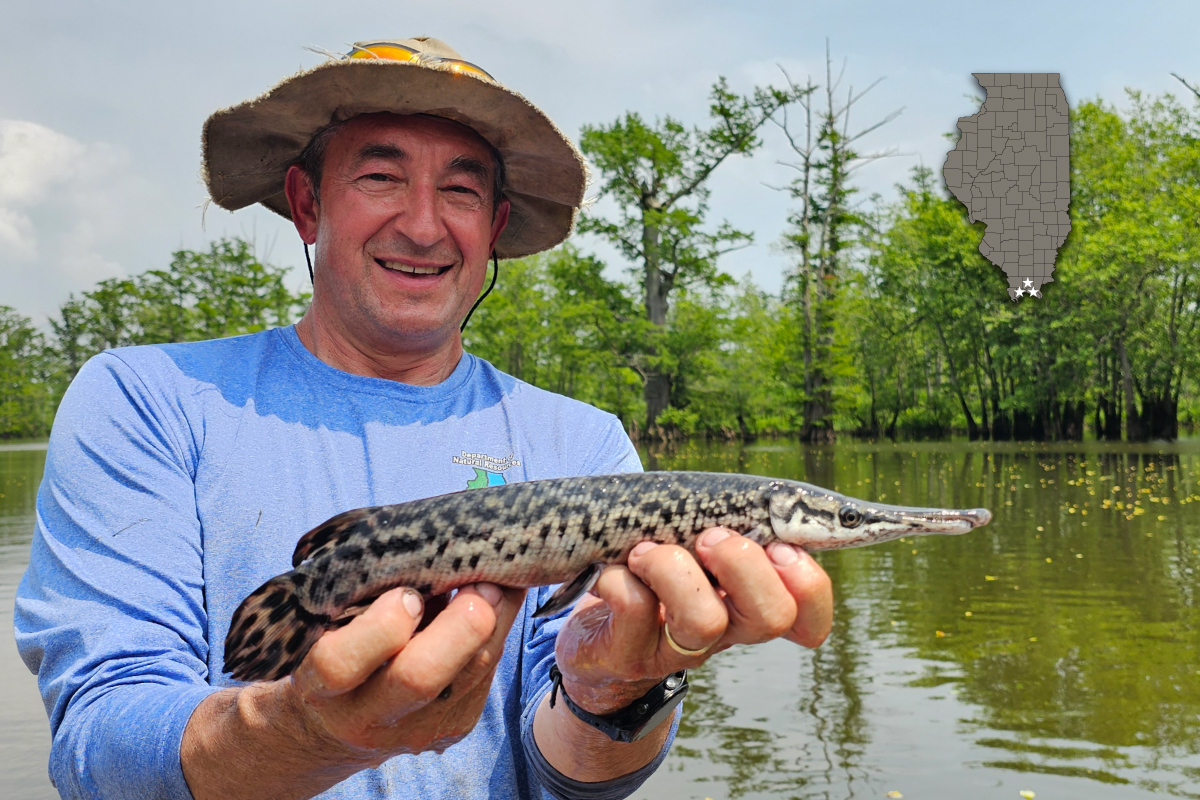
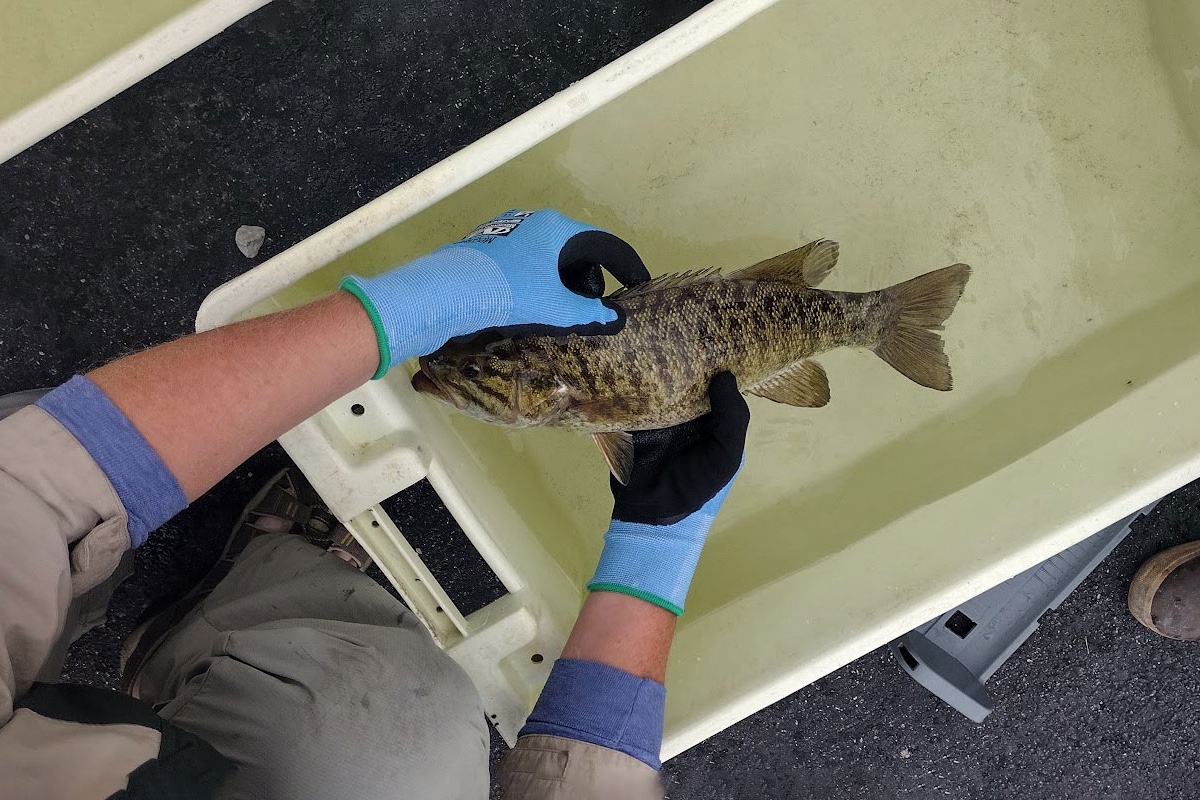
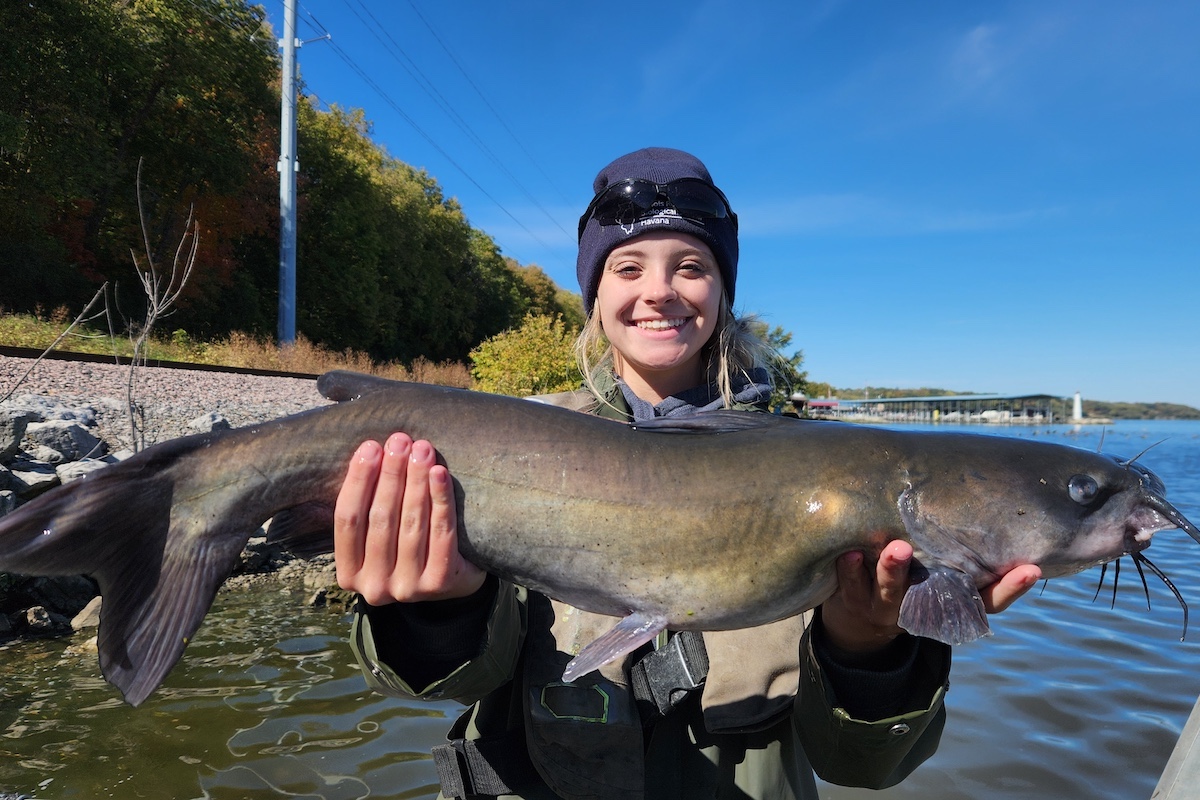
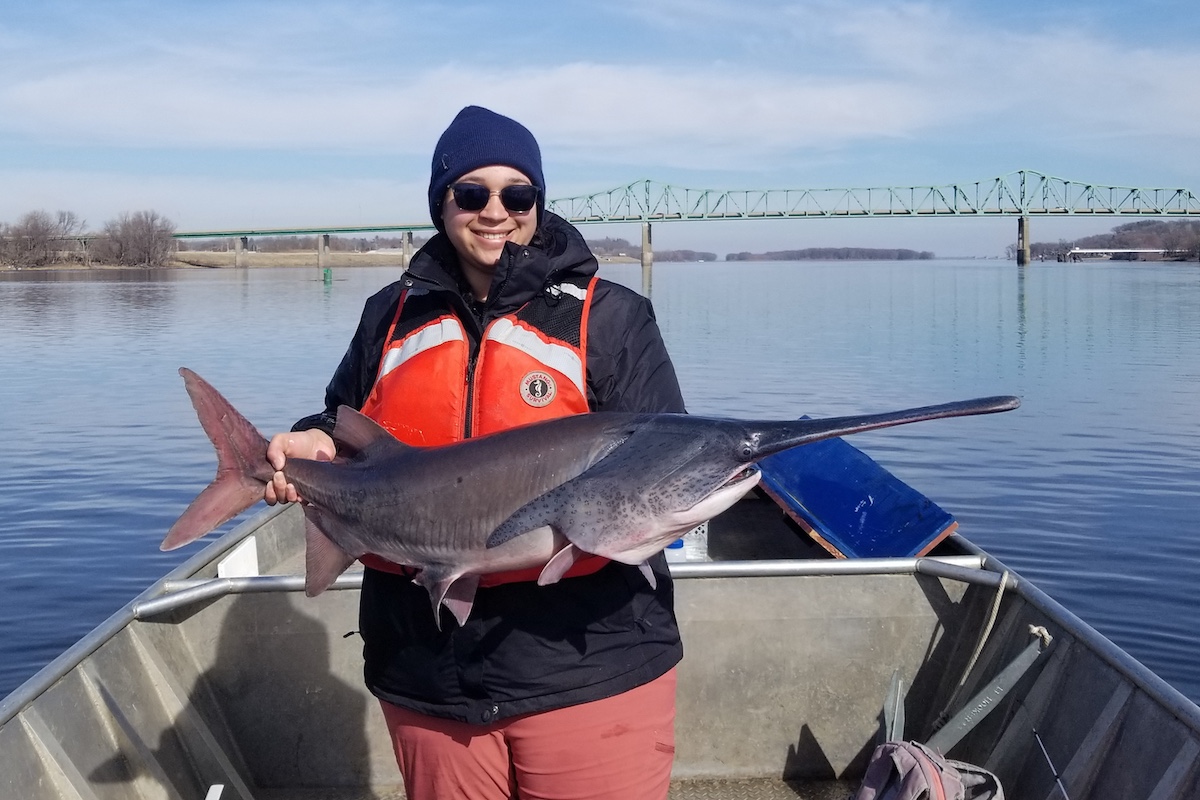
Submit a question for the author